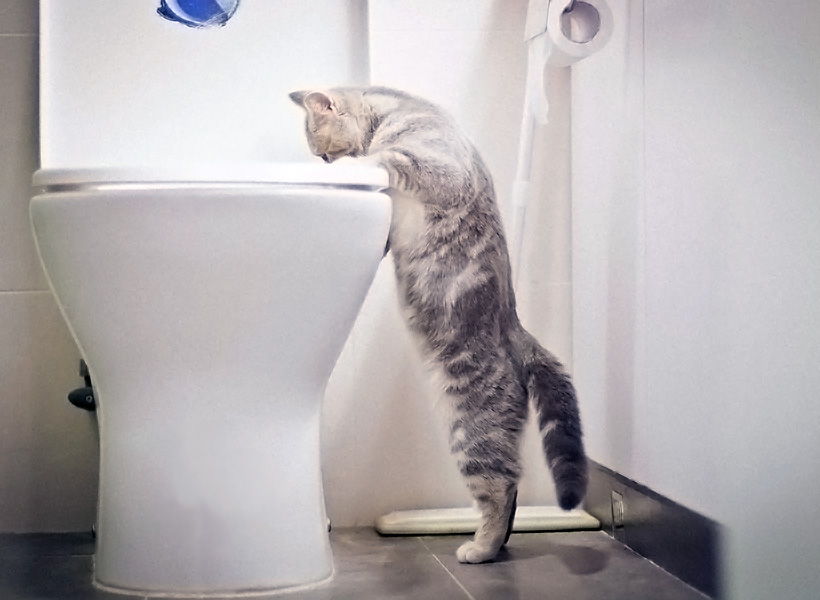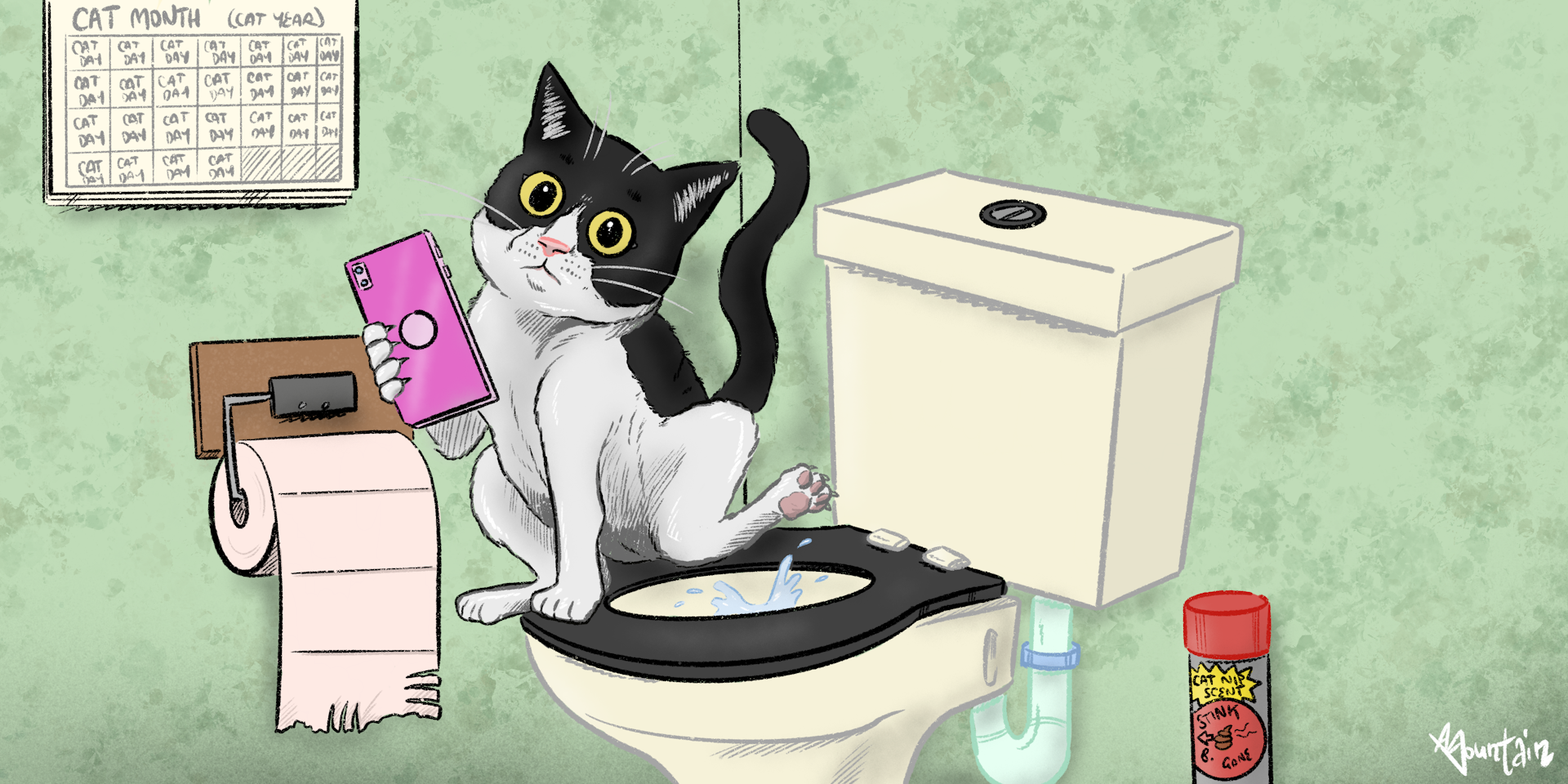The Risks of Disposing Cat Poop in Your Toilet - Preventive Measures
The Risks of Disposing Cat Poop in Your Toilet - Preventive Measures
Blog Article
The content listed below relating to Can You Flush Cat Poo or Litter Down the Toilet? is totally captivating. Read it for your own benefit and see what you think of it.

Introduction
As pet cat owners, it's necessary to bear in mind exactly how we deal with our feline friends' waste. While it might seem hassle-free to flush pet cat poop down the bathroom, this technique can have damaging consequences for both the environment and human health and wellness.
Alternatives to Flushing
Fortunately, there are more secure and much more liable methods to take care of feline poop. Consider the complying with choices:
1. Scoop and Dispose in Trash
The most usual technique of dealing with pet cat poop is to scoop it into a naturally degradable bag and toss it in the trash. Make certain to use a specialized litter scoop and take care of the waste immediately.
2. Usage Biodegradable Litter
Choose eco-friendly cat trash made from products such as corn or wheat. These litters are environmentally friendly and can be securely disposed of in the trash.
3. Hide in the Yard
If you have a backyard, think about burying feline waste in a designated area far from vegetable yards and water resources. Be sure to dig deep adequate to prevent contamination of groundwater.
4. Set Up a Pet Waste Disposal System
Invest in a family pet garbage disposal system especially made for cat waste. These systems make use of enzymes to break down the waste, decreasing smell and ecological influence.
Health Risks
In addition to ecological issues, purging cat waste can also present wellness threats to humans. Cat feces may include Toxoplasma gondii, a bloodsucker that can create toxoplasmosis-- a possibly serious health problem, specifically for expectant females and people with weakened immune systems.
Environmental Impact
Flushing cat poop introduces damaging microorganisms and bloodsuckers right into the water supply, posing a significant risk to aquatic communities. These pollutants can negatively affect marine life and compromise water quality.
Final thought
Accountable animal ownership extends beyond giving food and sanctuary-- it additionally entails appropriate waste administration. By refraining from flushing cat poop down the toilet and opting for different disposal approaches, we can lessen our environmental footprint and protect human wellness.
Why Can’t I Flush Cat Poop?
It Spreads a Parasite
Cats are frequently infected with a parasite called toxoplasma gondii. The parasite causes an infection called toxoplasmosis. It is usually harmless to cats. The parasite only uses cat poop as a host for its eggs. Otherwise, the cat’s immune system usually keeps the infection at low enough levels to maintain its own health. But it does not stop the develop of eggs. These eggs are tiny and surprisingly tough. They may survive for a year before they begin to grow. But that’s the problem.
Our wastewater system is not designed to deal with toxoplasmosis eggs. Instead, most eggs will flush from your toilet into sewers and wastewater management plants. After the sewage is treated for many other harmful things in it, it is typically released into local rivers, lakes, or oceans. Here, the toxoplasmosis eggs can find new hosts, including starfish, crabs, otters, and many other wildlife. For many, this is a significant risk to their health. Toxoplasmosis can also end up infecting water sources that are important for agriculture, which means our deer, pigs, and sheep can get infected too.
Is There Risk to Humans?
There can be a risk to human life from flushing cat poop down the toilet. If you do so, the parasites from your cat’s poop can end up in shellfish, game animals, or livestock. If this meat is then served raw or undercooked, the people who eat it can get sick.
In fact, according to the CDC, 40 million people in the United States are infected with toxoplasma gondii. They get it from exposure to infected seafood, or from some kind of cat poop contamination, like drinking from a stream that is contaminated or touching anything that has come into contact with cat poop. That includes just cleaning a cat litter box.
Most people who get infected with these parasites will not develop any symptoms. However, for pregnant women or for those with compromised immune systems, the parasite can cause severe health problems.
How to Handle Cat Poop
The best way to handle cat poop is actually to clean the box more often. The eggs that the parasite sheds will not become active until one to five days after the cat poops. That means that if you clean daily, you’re much less likely to come into direct contact with infectious eggs.
That said, always dispose of cat poop in the garbage and not down the toilet. Wash your hands before and after you clean the litter box, and bring the bag of poop right outside to your garbage bins.
https://trenchlesssolutionsusa.com/why-cant-i-flush-cat-poop/

Hopefully you enjoyed reading our piece on How to Dispose of Cat Poop and Litter Without Plastic Bags. Thanks so much for taking a few minutes to browse our piece. Are you aware of someone else who is truly interested in Don’t flush cat feces down the toilet? Be sure promote it. I take joy in reading our article about Don’t flush cat feces down the toilet.
Get Quote Now Report this page